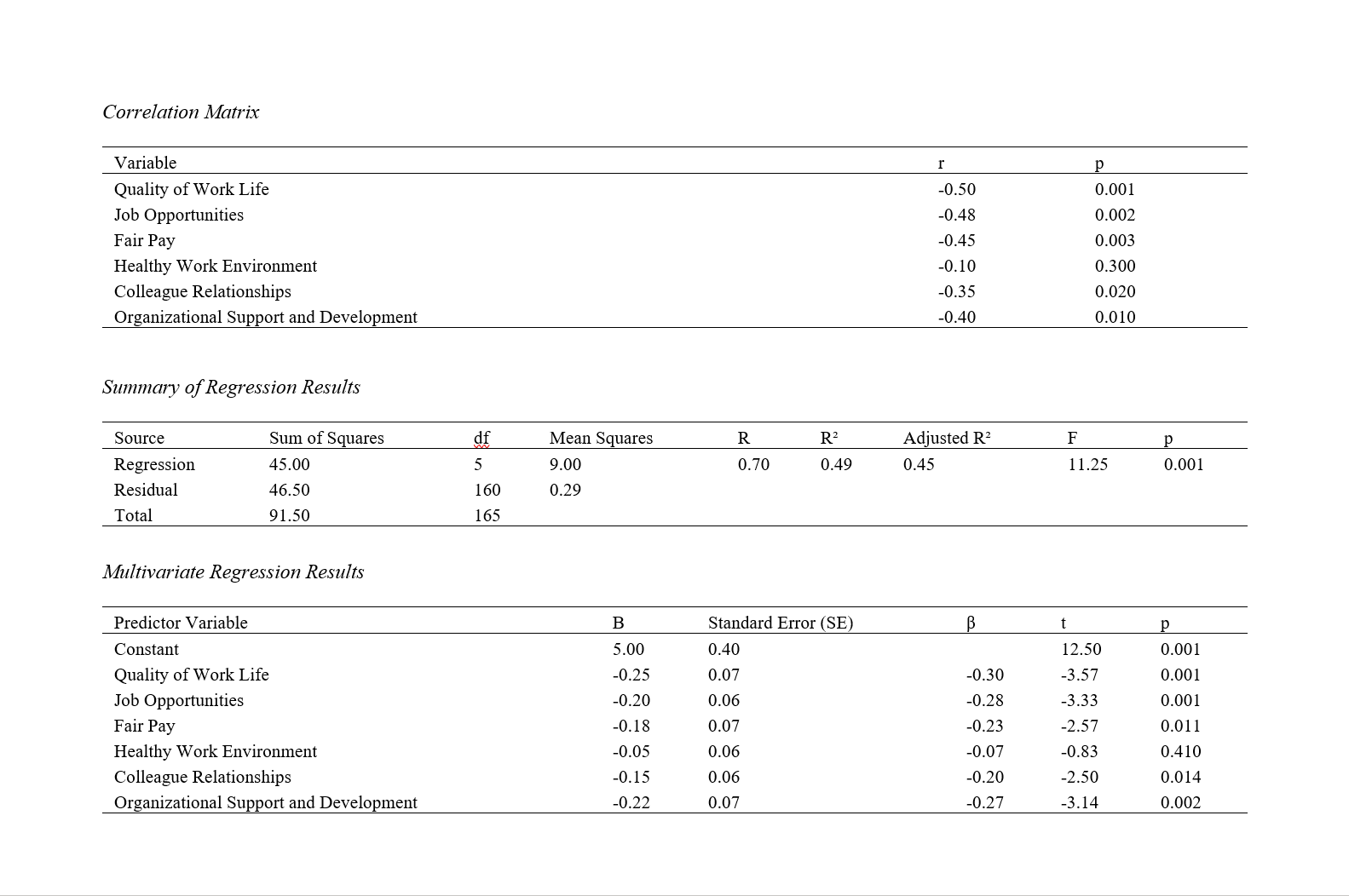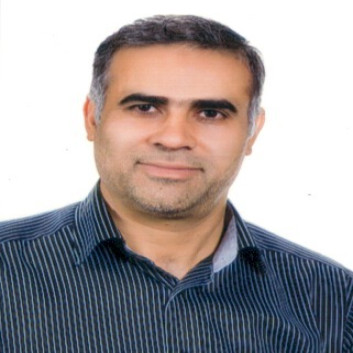Predicting the Gap between Intended and Implemented Curriculum Based on Teachers' Quality of Work Life
Keywords:
Mathematics teachers, curriculum gap, quality of work lifeAbstract
Objective: Human resources are among the most fundamental strategic resources of any organization. Undoubtedly, the success of the education system depends on the efficient use of teachers. Therefore, the overall aim of this study is to predict the gap between the intended and implemented curriculum based on the components of the quality of work life of mathematics teachers in the education districts of Tabriz city.
Methodology: The research is applied in nature and employs a correlational survey method. The statistical population includes 290 middle school mathematics teachers from the five educational districts of Tabriz city in the 2020-2021 academic year. Based on the Krejcie and Morgan table, 166 individuals were selected as the sample using stratified random sampling. Data were collected using the Quality of Work Life Questionnaire by Ilgan et al. (2014) and a researcher-made questionnaire on the gap between the intended and implemented curriculum. The face and content validity of the tools were confirmed by experts. Reliability was obtained using Cronbach's alpha, with 0.89 for the Quality of Work Life Questionnaire and 0.92 for the curriculum gap questionnaire.
Findings: The results of regression analysis indicated that the gap between the intended and implemented curriculum in mathematics can be predicted based on the quality of work life components (healthy work environment, organizational support and development, fair pay, and job opportunities) of teachers at a significance level of less than 0.05. The component of relationships with colleagues was not significantly predictable.
Conclusion: The findings contribute to the literature by providing empirical evidence on the critical role of QWL in curriculum implementation. They suggest that enhancing QWL through job opportunities, fair pay, colleague relationships, and organizational support can effectively reduce the curriculum gap. This supports the view that holistic approaches to improving teachers' work environments are necessary for educational success.
Downloads

Downloads
Additional Files
Published
Submitted
Revised
Accepted
Issue
Section
License
Copyright (c) 2024 Ali Asghar Babazadeh Ilkhchi (Author); Yousef Adib (Corresponding Author); Behnam Talebi (Author)

This work is licensed under a Creative Commons Attribution-NonCommercial 4.0 International License.
























